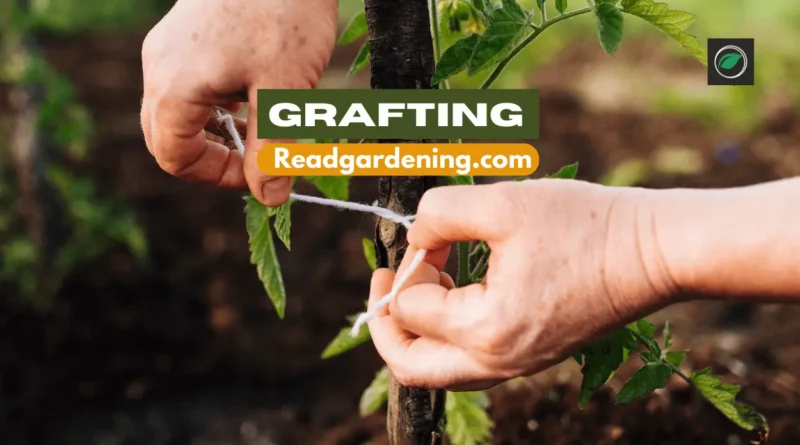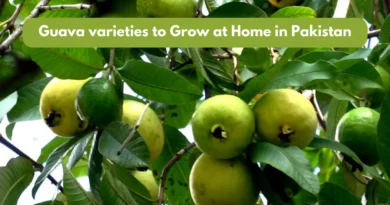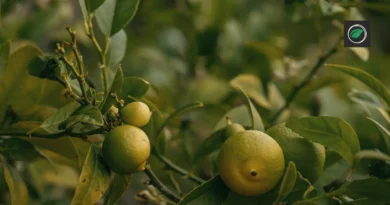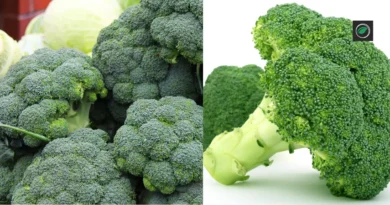8 Tips For Successful Citrus Grafting|Citrus Grafting|2024|
Mastering Citrus Grafting: Tips for Successful Citrus Grafting
This article will guide you giving easy tips to become a pro in citrus grafting. The main purpose of grafting is to create a strong citrus tree with more fruit production and taste by connecting citrus plants.
No matter what is your level of experience in grafting, in this article you can learn the techniques of grafting and tips for successful citrus grafting. You can explore the right way to do citrus grafting.
Table of Contents
What Is Citrus Grafting?
Citrus grafting is a horticulture process that involves combining several citrus plant parts, such as branches or buds, to form a new tree. A desired citrus scion is attached to a rootstock, which gives the root system durability. Grafting allows gardeners to combine preferred varieties, like taste or disease resistance, into a single tree.
This strategy increases fruit yield, ensures constant quality, and facilitates adaptation to different soil conditions. It is an important method for citrus gardening for optimizing fruit production and expanding citrus alternatives. Below are the different ways to graft and tips for successful citrus grafting.
Techniques Of Grafting
Cleft Grafting:
Cleft grafting involves combining two plant parts for successful growth. Begin by selecting a healthy, young tree or branch to serve as the rootstock. Make a clean, horizontal cut on the rootstock and split it down the middle using a chisel, forming a cleft. Prepare a scion, a healthy branch from the desired plant, and trim its base into a wedge shape. Insert the scion’s wedge into the cleft of the rootstock, aligning their cambium layers. Bind the union tightly with rubber bands or grafting tape to ensure good contact. Apply grafting wax to protect the joint and prevent drying.
Monitor the graft for several weeks; successful grafts will show new growth from the scion. After full healing and strong growth, remove the bindings. Cleft grafting is useful for propagating fruit trees and enhancing their attributes.
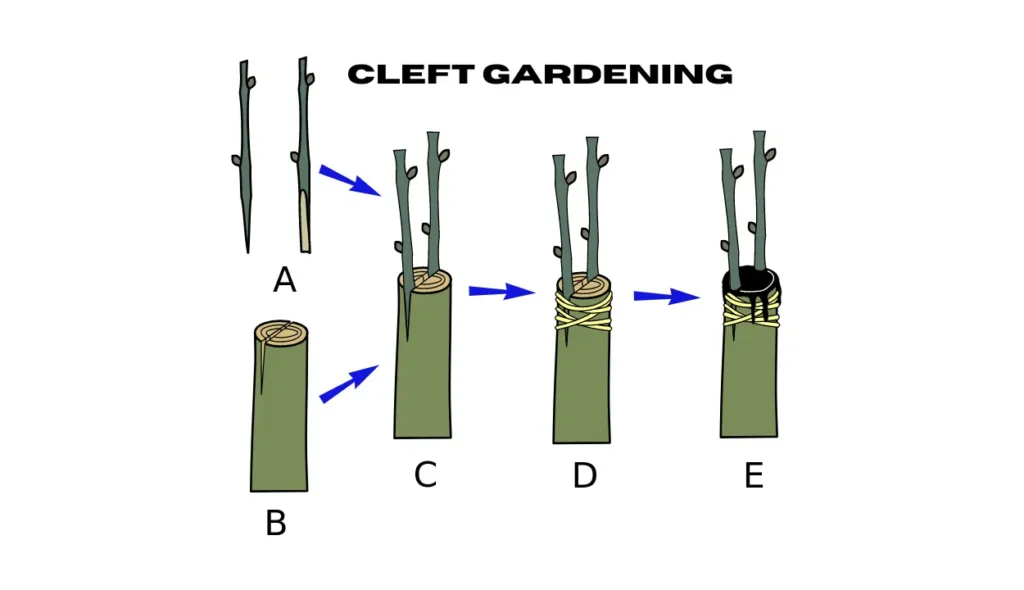
Whip-and-Tongue Grafting:
Whip-and-tongue is one of the techniques of grafting to join the branches of two trees to make a new tree, this is commonly used for fruit trees. Use a sharp knife and cut the top part of the rootstock and the bottom part of the scion of the tree about 1.5 inches in length at a slant. After that make sure that the cut size of both the scion and rootstock should be equal. Then, make the straight cut of about 1/3 in the middle of each slant to make a shape like a tongue.
After that fit both tongues in each other tightly. Wrap plastic tape or grafting wax tightly around the grafted area. This will connect the branches of both trees and after some days the new growth will start from the scion part.
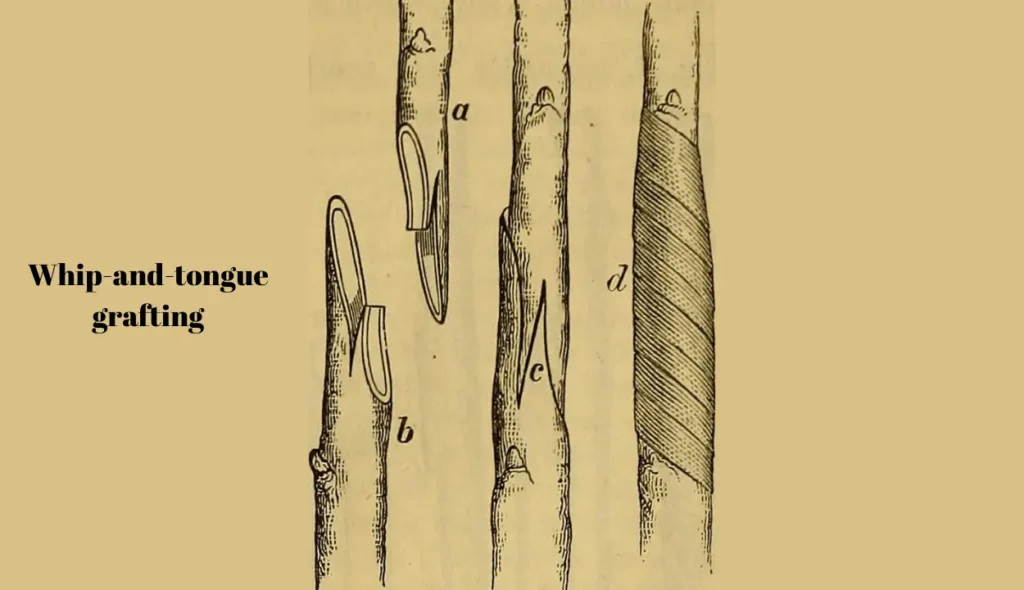
Bud Grafting (T-Budding):
Bud grafting, a common technique for propagating plants, involves transferring a dormant bud from a desired plant onto a compatible host, or rootstock. During the active growing season, typically late summer, select a healthy bud from the source plant’s current season’s growth.
Create a T-shaped incision on the rootstock’s bark, lifting the top section gently to insert the bud. Ensure the bud’s shield-shaped lower part, including the dormant bud and a sliver of surrounding bark, fits neatly into the incision. Bind the bud in place using rubber bands or budding tape, allowing only the bud’s upper portion to remain exposed. Seal the graft union with grafting wax to prevent drying.
Monitor the bud’s progress, and as new growth emerges, remove the bindings. Bud grafting is valuable for precise replication of desired plant characteristics and is particularly useful when aiming to propagate specific plant varieties.
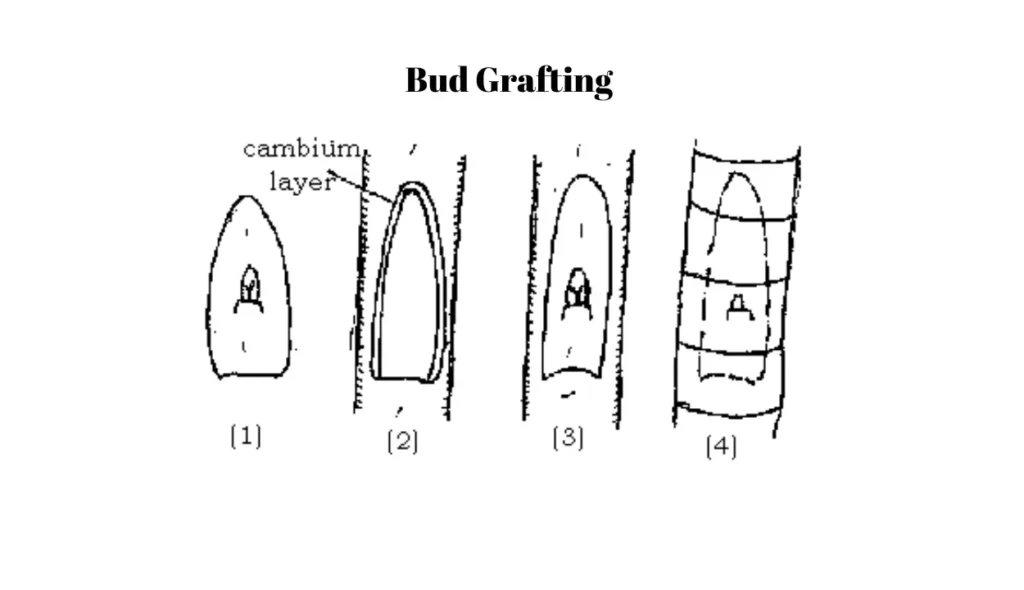
Side Grafting (Flute Grafting):
Side grafting is a method of plant propagation used to combine two plants into one, commonly employed for trees and shrubs. It involves attaching a scion (a piece of a desired plant) onto the side of a rooted plant, known as the rootstock. During the growing season, make a diagonal cut on the side of the rootstock’s stem or branch. Then, prepare the scion by cutting it into a wedge shape. Insert the scion’s wedge into the cut made on the rootstock, ensuring that their cambium layers match up. Secure the union with rubber bands, grafting tape, or similar materials.
This technique encourages the scion and rootstock to grow together as one plant. Side grafting is useful for adding specific traits or varieties to existing plants and can be successful with careful alignment and proper care during the healing process.
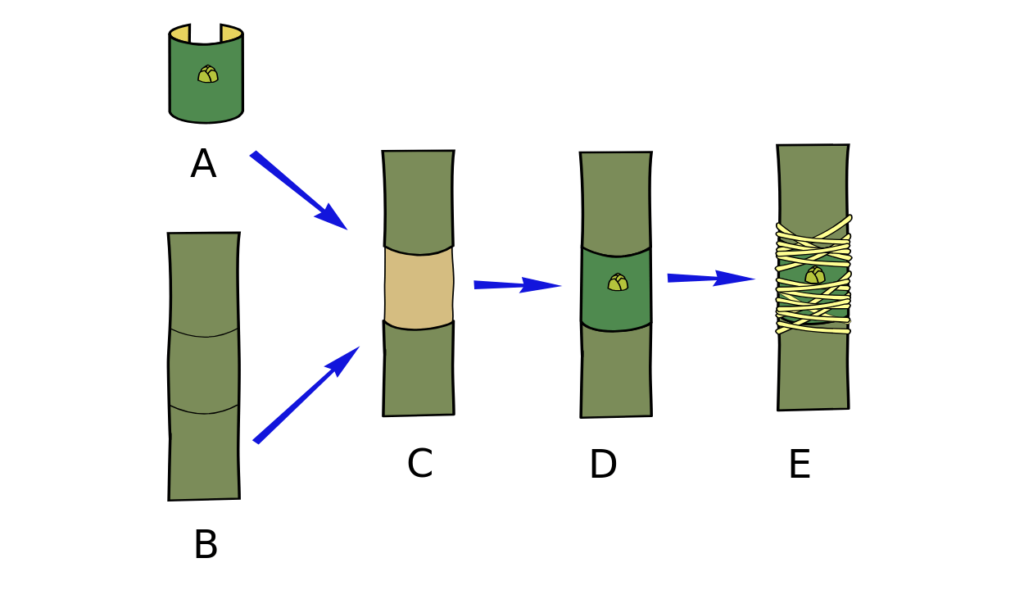
Top Tips for Successful Citrus Grafting
- Always Choose Healthy Branches:
Choosing healthy branches for successful citrus grafting is crucial for success. Healthy branches have strong vascular systems, ensuring proper nutrient and water transport to the graft. This boosts the chances of a successful union and overall growth. Diseased or weak branches can lead to graft failure, hindering plant development. Opting for healthy branches sets the foundation for thriving grafted plants.
- Grafting At the Right Time:
Grafting at the right time is important for successful plant fusion. Always do grafting in late winter or starting of the growing season. Active growth synchronizes vascular tissues, aiding callus formation and nutrient transport. Proper timing minimizes stress, capitalizes on optimal weather conditions, and varies depending on plant types and regional factors, enhancing grafting success.
- Always Use Sharp Tools:
Using sharp tools is important in grafting because they create clean and precise cuts. Clean cuts promote faster healing and better contact between scion and rootstock, increasing the chances of successful grafting and the overall health of the newly grafted plant.
- Practice Makes Progress:
Before you jump into the big grafting game, practice on smaller branches.
- Always Match Cut Size:
Matching the size of grafting cuts is important for successful citrus grafting. Properly aligned cuts provide maximum contact between scion and rootstock, aiding nutrient flow and tissue fusion. Mismatched sizes can hinder healing and weaken the graft union, leading to failure.
- Wrap it Up Well:
Wrapping plays an important role in grafting. Wrapping is done to shield the graft site from drying out, stabilize the graft, and maintain alignment. To wrap, start below the graft, and wind gently upward, ensuring the cuts fit snugly. Use specialized grafting tape or stretchy material. Avoid excessive tightness, and secure the top. This protects the graft and promotes a successful union.
- Keep an Eye Out:
Keeping an eye on grafting to monitor progress. It helps detect issues like drying, infection, or poor union early. Regular observation allows timely interventions, ensuring the graft’s health. By staying attentive, you can increase the chances of a thriving grafting outcome.
- Patience is a Virtue:
Patience is necessary when you do grafting for several reasons. Graft unions take time to heal and establish. Rushing can lead to failure. Waiting patiently allows the graft to develop strong connections and ensures the success of the grafting process.
FAQs
Q1: Can I mix different citrus fruits?
Ans: Mixing different citrus fruits is like asking a cat to bark – it won’t work!
Q2: When will my tree give me fruits?
Ans: Think of it like baking a cake – it takes time. Maybe a year or more.
Q3: Can I graft in winter?
Ans: Grafting likes warm weather, so stick to spring.
Q4: My graft isn’t growing what should I do?
Ans: Don’t worry! Sometimes, plants take their time. If you’re concerned, ask someone who knows.
Q5: Is citrus grafting hard?
Ans: Grafting is like learning to ride a bike – start with training wheels (easy methods) and progress to advanced techniques.

